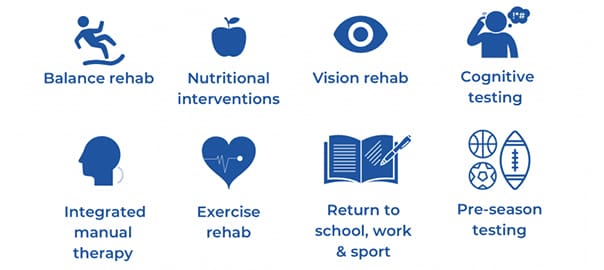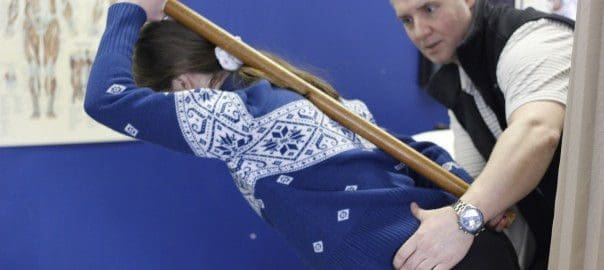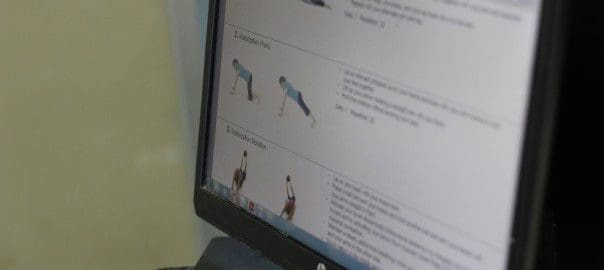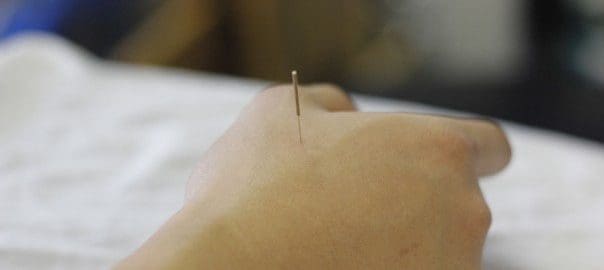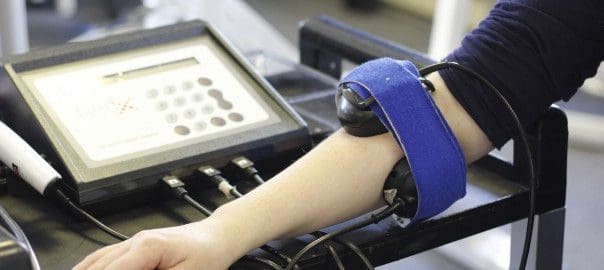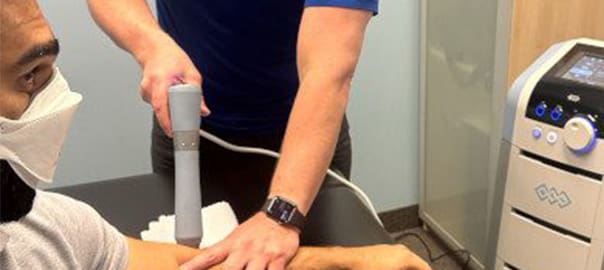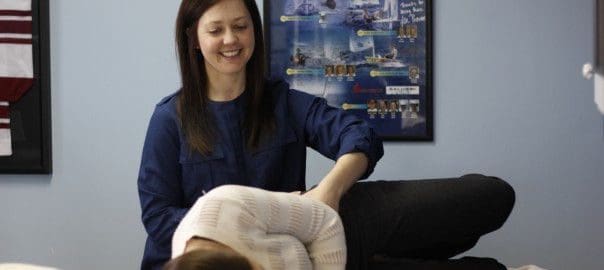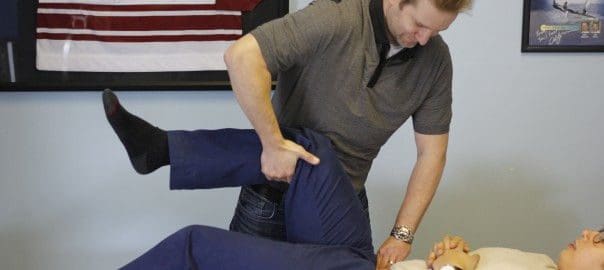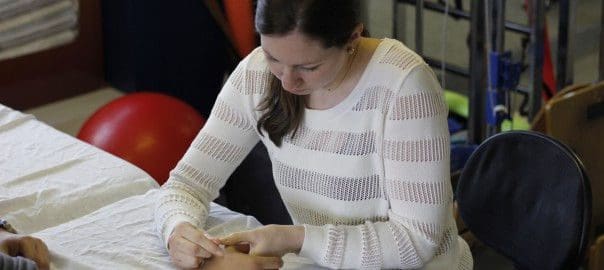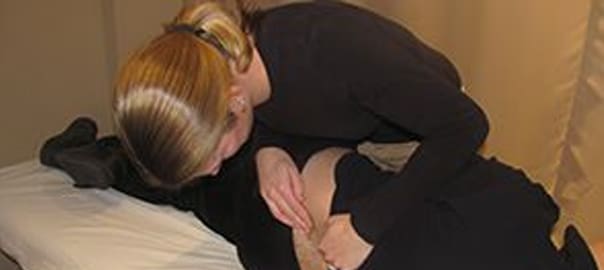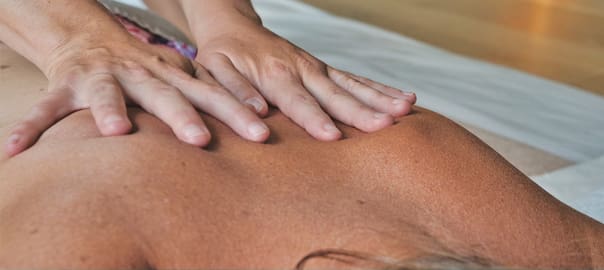 Lower back pain affects millions of people and can interfere with work, sports, and daily life.
Lower back pain affects millions of people and can interfere with work, sports, and daily life.
Many don’t realize that poor posture and weak core muscles are often key contributors to chronic discomfort.
Strengthening the deep core and improving posture can reduce pain, prevent injury, and help you move with confidence.
At Sheddon Physiotherapy and Sports Clinic in Oakville and Burlington, we help patients rebuild core stability and prevent lower back pain.
Index of Sections
What is Core Stability?
Why Core Stability Matters for Back Health
How Physiotherapy Retrains the Core
Daily Habits to Protect Your Back
When to See a Physiotherapist
How Sheddon Physiotherapy Supports Long-Term Recovery
What Is Core Stability?
 Core stability refers to your body’s ability to control movement and protect the spine, pelvis, and hips from unnecessary strain. The “core” is more than just your abs, it’s a group of deep muscles that work together to support the trunk:
Core stability refers to your body’s ability to control movement and protect the spine, pelvis, and hips from unnecessary strain. The “core” is more than just your abs, it’s a group of deep muscles that work together to support the trunk:
- Transverse Abdominus – the deepest abdominal muscle, acts like a corset around the spine
- Multifidus – small stabilizers along the vertebrae
- Pelvic Floor Muscles – support the pelvis and spine
- Diaphragm – works with the abdominals to create internal pressure and stability
When these muscles fire correctly, they keep the spine stable and allow efficient, pain-free movement. Weak or poorly coordinated core muscles, however, can lead to persistent lower back pain, fatigue, and poor movement efficiency.
Why Core Stability Matters for Back Health
 Your core isn’t just for athletes—it plays a vital role in everyday activities: standing, sitting, lifting, and bending. Ideally, the deep stabilizers activate before you move, providing a protective brace for the spine.
Your core isn’t just for athletes—it plays a vital role in everyday activities: standing, sitting, lifting, and bending. Ideally, the deep stabilizers activate before you move, providing a protective brace for the spine.
Without proper activation, the back and pelvis absorb extra stress, which can contribute to recurring pain and stiffness. A weak core often leads to slouching, rounded shoulders, and uneven hip loading. Over time, this increases stress on the spine, contributing to fatigue, discomfort, and chronic back pain.
By retraining the core, patients improve posture naturally, without needing to “force” themselves to sit or stand tall. The alignment becomes stable, supported, and easier to maintain throughout the day.
How Physiotherapy Retrains the Core
 Core retraining is a guided process, not just endless planks or sit-ups. At Sheddon Physiotherapy and Sports Clinic, our approach includes:
Core retraining is a guided process, not just endless planks or sit-ups. At Sheddon Physiotherapy and Sports Clinic, our approach includes:
- Assessment: Identify which core muscles aren’t activating properly and how this affects posture and movement.
- Activation Cues: Hands-on guidance and breathing techniques teach the deep muscles to fire correctly.
- Progressive Exercises: Gradually introduce controlled movements and resistance while maintaining stability.
- Functional Carryover: Integrate core control into daily tasks and sport-specific movements so stability becomes automatic.
With this approach, patients often notice reduced pain, improved posture, and less flare-ups.
Daily Habits to Protect Your Back
Lower back pain often develops gradually due to lifestyle habits. Key factors include:
- Prolonged sitting: Weakens abdominal and gluteal stabilizers
- Old injuries: Core muscles may remain inactive without retraining
- Imbalanced activities: Overusing certain muscles while neglecting others
Simple adjustments like standing breaks, ergonomic workstation setup, and mindful movement can complement physiotherapy to prevent pain recurrence.
When to See a Physiotherapist
 Not all back pain resolves on its own. You should consult a physiotherapist if you experience:
Not all back pain resolves on its own. You should consult a physiotherapist if you experience:
- Pain lasting more than a few weeks
- Symptoms that are worsening or radiating down the legs
- Numbness, tingling, or difficulty controlling movement
- Pain that interferes with sleep, work, or daily life
Early assessment helps prevent minor issues from becoming chronic problems and allows for individualized core retraining programs.
How Sheddon Physiotherapy Supports Long-Term Recovery
 At Sheddon Physiotherapy and Sports Clinic in Oakville and Burlington, our approach goes beyond temporary relief. We combine:
At Sheddon Physiotherapy and Sports Clinic in Oakville and Burlington, our approach goes beyond temporary relief. We combine:
- Hands-on treatment to calm irritated tissues
- Posture and movement education
- Individualized core retraining and strengthening exercises
- Functional training to prevent re-injury
Whether your goal is to manage everyday discomfort or return to sports, our team helps you move better and enjoy life without being held back by lower back pain.
Ready to take control of your back health? Book an assessment at Sheddon Physiotherapy and Sports clinic today and start moving with confidence.
Call us at 905-849-4576
We are located less than 10 min from Sheridan College Oakville and 4 min West of Canlan Ice Sports.
The Burlington physio clinic is located only 6 min north-west of Joseph Brant Hospital and 2 min south-west of Mapleview Shopping Centre, on Plains Rd East.










